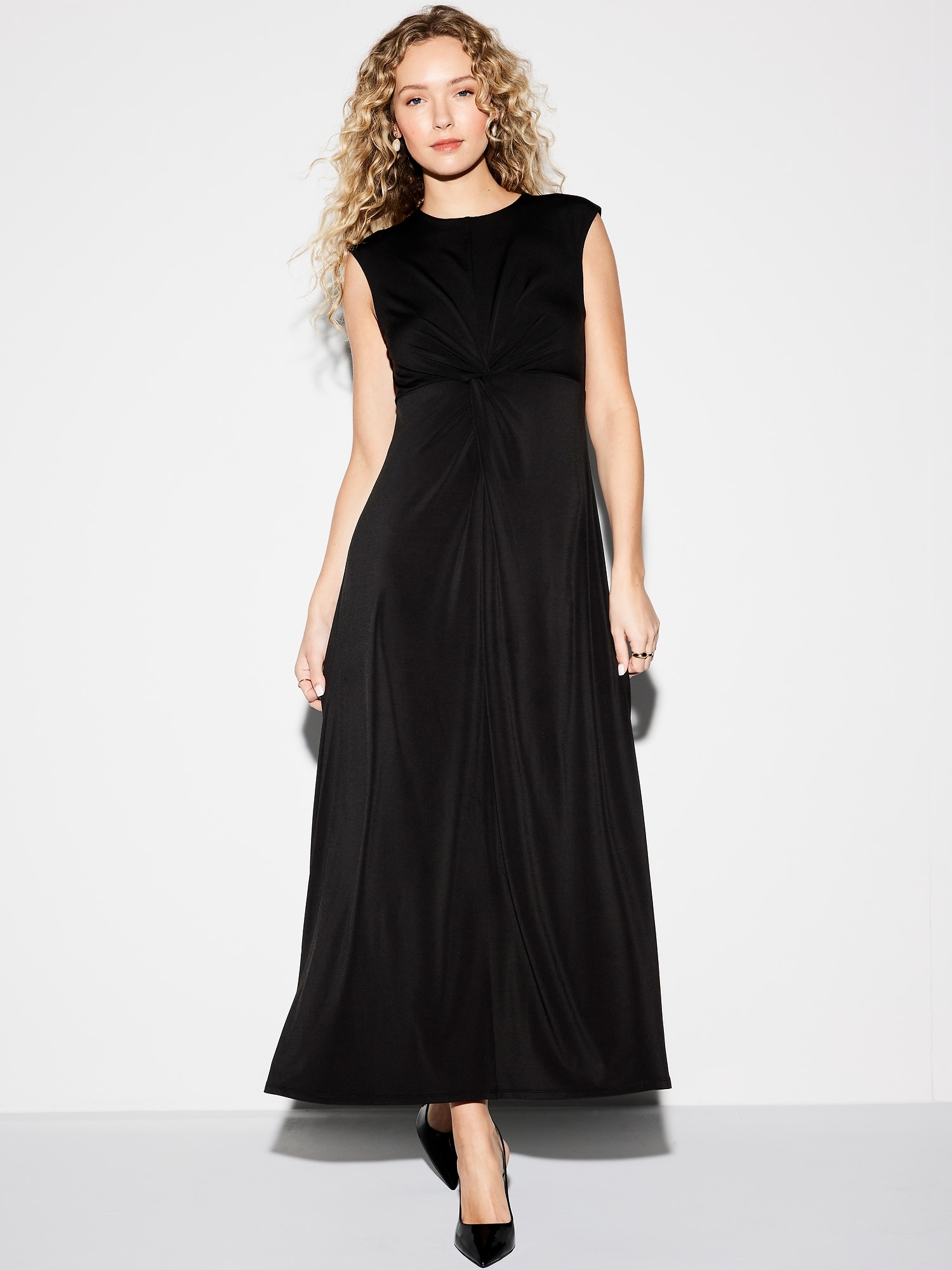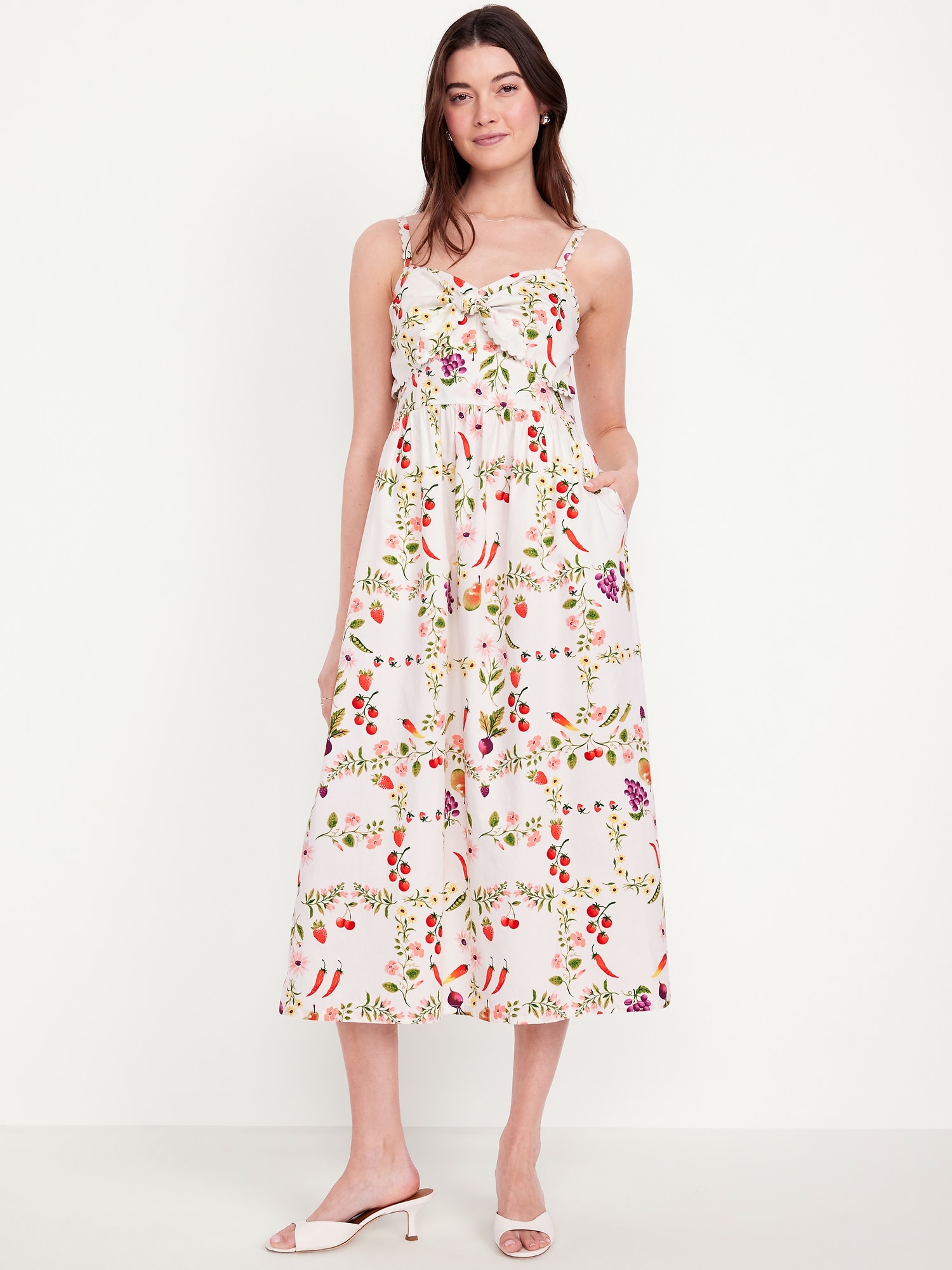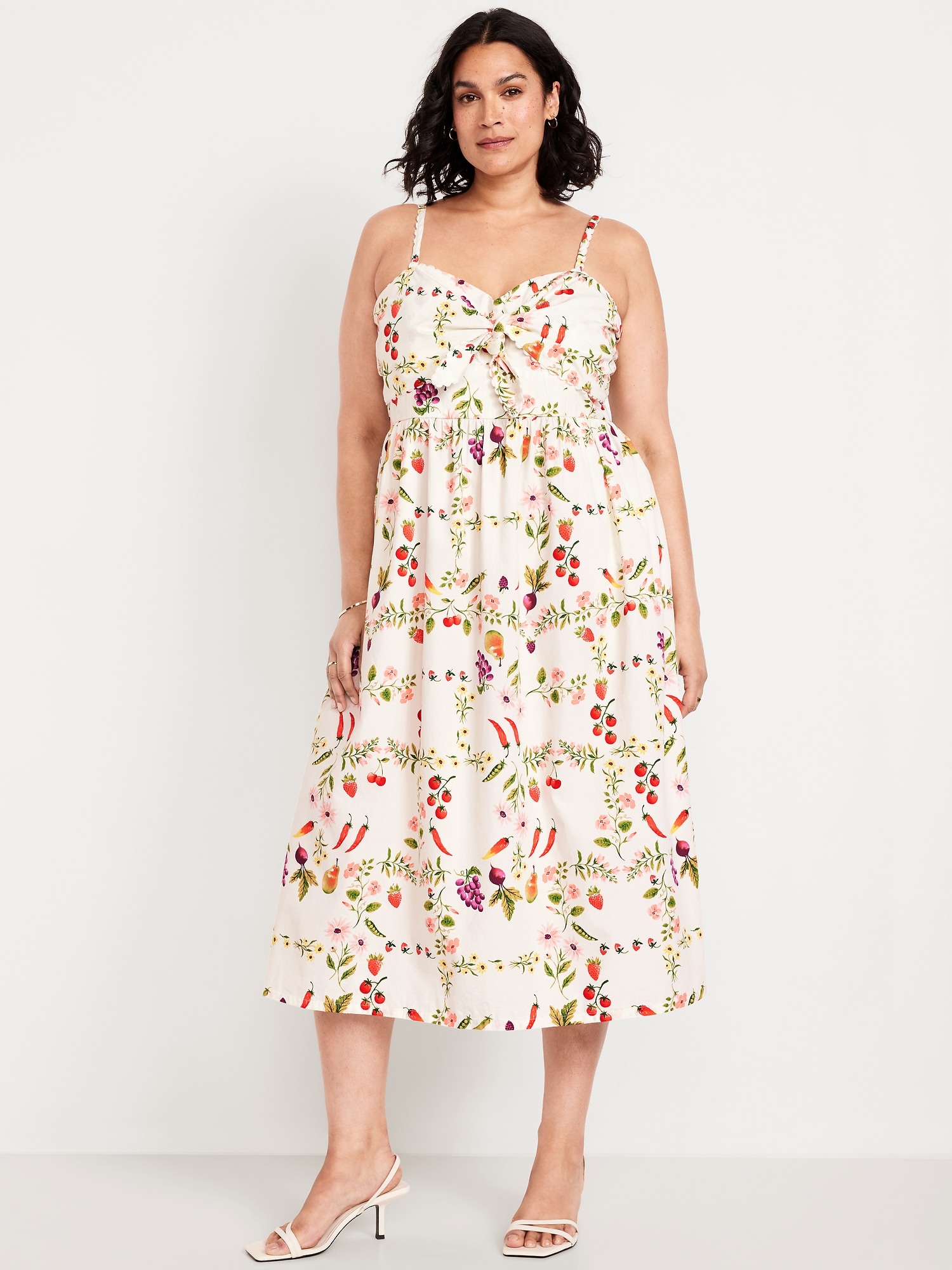5 Ways to Style Your Old Navy Dress for Effortless Everyday Chic
Transforming a simple garment into a cornerstone of your wardrobe requires not just creativity but an understanding of design principles and styling techniques. The Old Navy dress often serves as this foundational piece—a versatile, accessible item that, when styled with intention, can yield a look of sophisticated ease. This isn’t about fleeting trends; it’s about building a sustainable, personal aesthetic grounded in objective style tenets. We will explore five distinct methodologies to unlock the potential of your Old Navy dress, moving beyond basic wear into the realm of deliberate, everyday chic. Each approach is supported by insights from fashion theory, historical context, and the practical wisdom of style authorities, ensuring your choices are both beautiful and informed.
1. The Art of Layering: Structured Outerwear for Defined Silhouettes
The practice of layering is a fundamental principle in fashion design, serving both functional and aesthetic purposes. When applied to a simple Old Navy dress, typically crafted from soft jersey or cotton blends, layering introduces structure, texture, and depth. The key is contrast. A fluid, unstructured dress finds its counterpoint in a sharply tailored blazer or a denim jacket with defined seams. This technique aligns with the design philosophy often discussed by industry leaders like Tim Gunn, who emphasizes the importance of “making it work” through proportion and harmony. From a scientific perspective, this creates visual interest by playing with different shapes and weights of fabric, guiding the viewer’s eye and creating a more dynamic overall appearance. A denim jacket, for instance, adds a casual, rugged texture that contrasts beautifully with the softness of the dress, a combination frequently spotted in street style photography from fashion capitals, validating its aesthetic appeal. The goal is not to conceal the dress but to frame it, using the outer layer as an architectural element that enhances rather than obscures the foundation. This method is particularly effective for transitioning your Old Navy dress between seasons, providing warmth without sacrificing style. It’s a strategic approach to dressing that demonstrates a sophisticated understanding of how individual pieces interact to create a cohesive whole.

2. Accessorizing with Intent: The Power of Strategic Accents
Accessories are the punctuation marks of an outfit; they define its tone and meaning. To elevate an Old Navy dress from basic to chic, one must employ accessories with deliberate intent. This involves understanding scale, color theory, and focal points. A statement belt, for example, can cinch the waist, creating an hourglass silhouette that is universally flattering—a concept supported by centuries of Western fashion history. This isn’t merely an opinion; it’s a principle of design that emphasizes the narrowest part of the torso to create balance. Similarly, the choice of footwear dictates the dress’s formality. As noted by style experts on platforms like Who What Wear, swapping sneakers for ankle boots or structured loafers instantly adds a layer of polish. The psychology behind this is linked to formality signifiers; certain shoe styles are culturally coded as more refined. Furthermore, jewelry plays a critical role. A long pendant necklace creates a vertical line, drawing the eye downward and creating an illusion of height, a trick often cited by stylists. The objective is to choose accessories that complement rather than compete with the dress. A minimalist Old Navy dress provides a perfect canvas for bold, interesting accessories, allowing each piece to stand out. This approach is cost-effective, as investing in a few high-quality accessories can transform multiple simple dresses, maximizing your wardrobe’s potential.

2.1. The Scarf as a Multifunctional Tool
Delving deeper into accessorizing, the scarf deserves its own analysis as a remarkably versatile tool. Its functionality is documented in style literature, from iconic films like Funny Face to the practical advice found in InStyle magazine. A silk scarf can be tied around the neck to add a pop of color and pattern to a solid-colored Old Navy dress, leveraging color theory to create a focal point. It can be woven through the hair for a touch of Parisian flair, a look immortalized by style icons like Audrey Hepburn. Scientifically, the introduction of a different texture like silk against cotton disrupts visual monotony, enhancing the complexity of the outfit. It can even be tied to the handle of a handbag, coordinating your accessories seamlessly. This multifunctionality makes the scarf an incredibly efficient investment. The underlying principle here is maximizing utility while maintaining elegance—a core tenet of effortless chic. By mastering a few simple tying techniques, you unlock numerous styling possibilities for your foundational pieces, ensuring your Old Navy dress never looks the same way twice.
3. Footwear as Foundation: Anchoring Your Look from the Ground Up
The significance of footwear in completing an outfit cannot be overstated; it literally and figuratively grounds your look. The choice of shoe with an Old Navy dress dictates its entire character and occasion-appropriateness. This is a concept reinforced by podiatrists and fashion historians alike, who note that footwear choices communicate specific social and stylistic messages. For a casual, weekend vibe, classic white sneakers provide a modern, clean aesthetic. This trend, heavily documented by fashion bloggers and publications like Vogue, champions comfort without compromising style. Conversely, a pair of leather sandals or espadrilles introduces a relaxed, summery feel, suitable for brunch or a daytime outing. For evening or a more professional setting, a block heel or a sleek loafer elevates the dress instantly. The biomechanics of a block heel offer greater stability and comfort compared to a stiletto, making it a practical choice for extended wear, a point often emphasized by ergonomic footwear brands. The objective is alignment: the footwear should harmonize with the intended message of the outfit. A chunky boot with a floral sundress creates an interesting, edgy contrast, while a delicate strappy sandal maintains a feminine consistency. Understanding this relationship is key to mastering everyday chic.

4. The Third Piece Rule: Building a Complete Narrative
In styling, the “Third Piece Rule” is a widely endorsed concept among fashion professionals, from stylists like Rachel Zoe to the editorial teams at Glamour. The rule posits that an outfit consisting of just a top and bottom (or a dress alone) often feels incomplete. Adding a strategic third piece—be it a cardigan, a vest, a statement necklace, or even a hat—elevates the ensemble to a fully realized look. Applying this rule to your Old Navy dress is a guaranteed method for achieving a polished appearance with minimal effort. This isn’t arbitrary; it’s rooted in the visual complexity required to create an outfit that appears thoughtfully constructed. A simple knit dress becomes a cohesive outfit when paired with a longline vest and a crossbody bag. The vest adds a new layer and shape, while the bag introduces functionality and another textural element. This approach is psychologically satisfying, as it creates a sense of wholeness. The third piece acts as a unifying element, tying the entire look together. It’s a simple formula that yields sophisticated results, demonstrating that effortlessness is often the product of careful, yet simple, planning.
5. Playing with Proportions: Turtlenecks and Tees for Modern Dimension
One of the most innovative ways to style a sleeveless or tank-style Old Navy dress is by incorporating a base layer underneath. This technique, popularized by fashion innovators and seen on runways, involves playing with proportions and layers in a unexpected way. Slipping a thin, high-neck turtleneck or a simple crewneck t-shirt under a slip or A-line dress instantly modernizes the piece and extends its wearability into cooler months. This approach is a practical application of the layering principle but with a focus on creating a new silhouette from the inside out. Fashion theorists might describe this as a deconstruction of the traditional “single layer” dress concept, creating visual depth and a contemporary, intellectual aesthetic. It challenges the conventional use of the garment, a hallmark of advanced personal style. The color of the base layer can either create a muted, tonal look (e.g., a black turtleneck under a black dress) or a bold contrast (e.g., a white tee under a navy dress). This method is not only stylish but also immensely practical, offering warmth and coverage while completely transforming the dress’s character. It’s a testament to the idea that creativity, not budget, is the ultimate tool for building a unique and chic wardrobe.

Mastering these five approaches empowers you to see a simple Old Navy dress not as a single item, but as a versatile component of a dynamic wardrobe. The true essence of effortless chic lies in this knowledge—the ability to apply design principles, historical context, and practical techniques to create looks that are uniquely yours. It demonstrates that style is an intelligent, accessible pursuit, achievable through understanding and creativity rather than an endless cycle of consumption.






